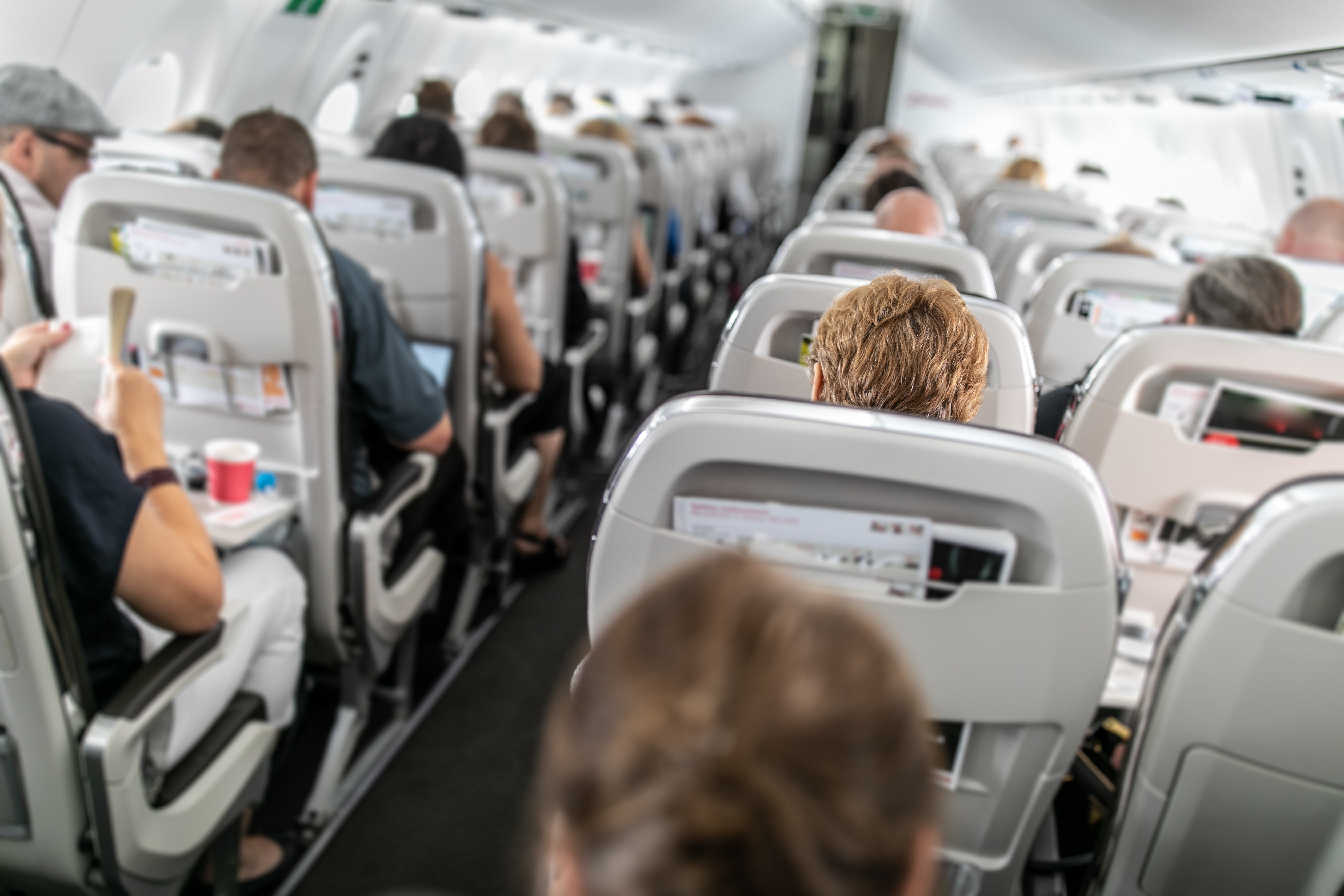The Independent's journalism is supported by our readers. When you purchase through links on our site, we may earn commission.
Pilot reveals time of day nervous travellers should book flights to avoid turbulence
The pilot also revealed where on the plane passengers should sit to avoid turbulence

A pilot has revealed which flights tend to have less turbulence - and urged those with a fear of flying to choose them for their next journey.
Boeing 737 pilot Morgan Smith told the New York Times on 23 November that some flights are more likely to experience turbulence than others, depending on the time of day.
Generally speaking, she revealed, morning flights will have less turbulence than those later in the day.
This is because in the morning, the land below has not heated up yet - heat rising from the ground is what increases the chance of turbulence on flights.
But that’s not the only tip Smith had for avoiding turbulence. She also suggested passengers with a fear of flying sit at the front of the plane, where the ride will feel smoother even during bumpy patches.
“It’s almost always a better ride in the flight deck than the rest of the plane,” she said. “So, if you don’t like the feeling of turbulence, become a pilot!”
But the US pilot was also keen to reassure readers that, in most cases, turbulence is nothing to worry about, noting that most injuries during turbulence come from passengers not having their seatbelts on or not being sat in their seat.
“The only thing people should fear from turbulence is possibly spilling their drink on a flight,” she said. “So keep your seatbelt fastened, and don’t set your drink on your laptop.”
Often turbulence can feel worse than it is, Smith stressed. She noted: “What some passengers have described to me as severe turbulence, where they thought we dropped thousands of feet, was really more moderate with maybe 10 feet of altitude change and a couple of knots of airspeed variation.”
Join our commenting forum
Join thought-provoking conversations, follow other Independent readers and see their replies
Comments





Bookmark popover
Removed from bookmarks